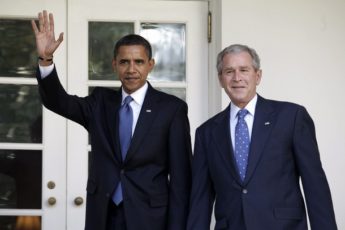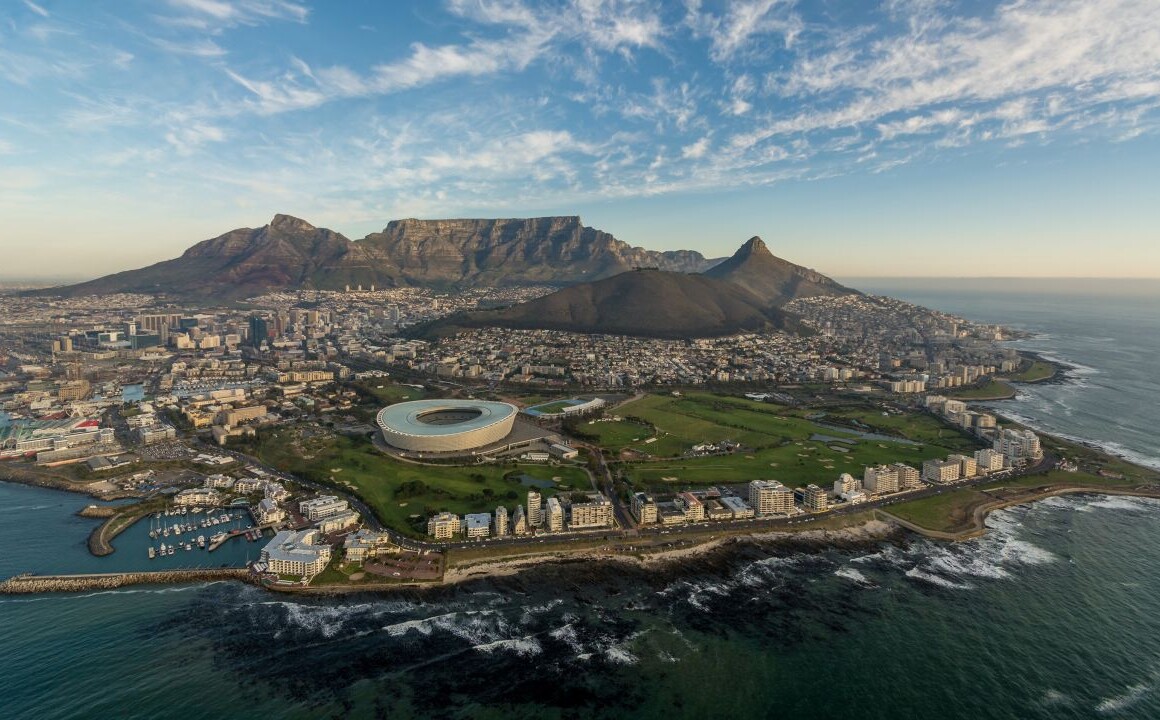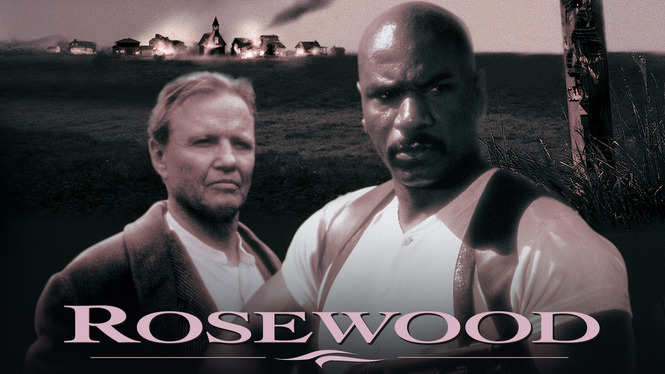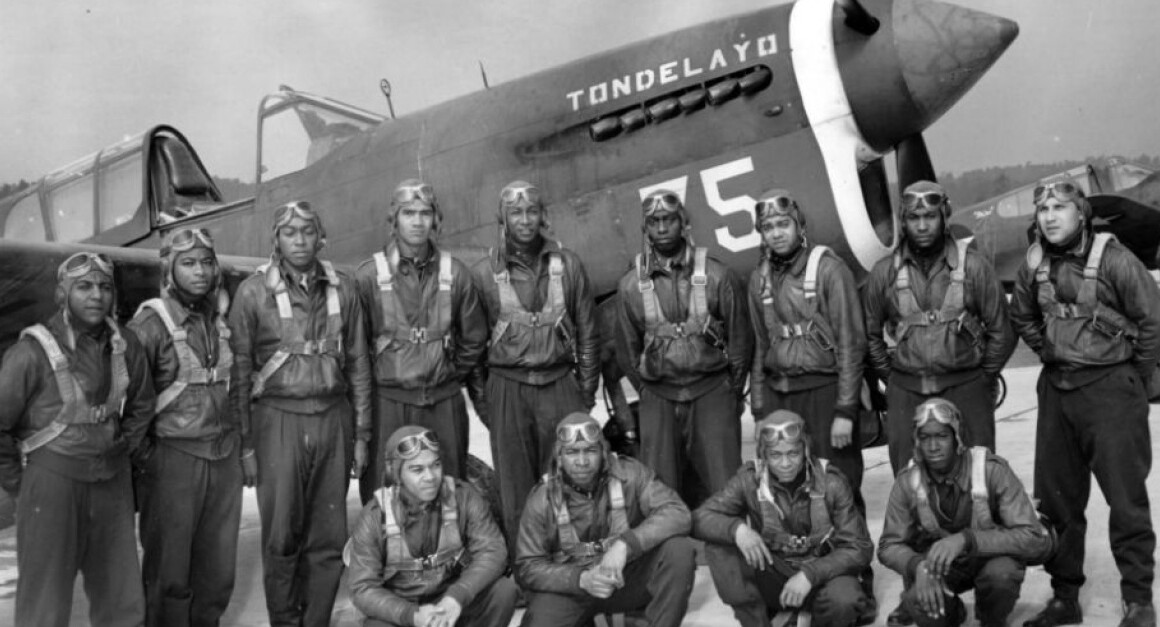
Africa’s bloodiest walords of the 1990s vied for control of the continent’s richest diamond fields, especially in the Democratic Republic of Congo (Zaire) and the Kono district of Sierra Leone in West Africa. Engulfed by ensuing wars, local diamond traders profit in the here-and-now market and leave Westerners to dream about “forever.” Diamonds have to pay off the warlords today. In the midst of the resulting chaos, “tomorrow, we could all be dead.”
Rebels exchange diamonds for weapons to fight the civil wars of their patrons. Uncut diamonds are smuggled out of the country as fast as possible. The big profits end up in the hands of middlemen, arms dealers and corrupt politicians.
After taking control of the Kono territory, , chief Sam ‘Maskita’ Bockarie of the Revolutionary United Front (RUF) marketed the ill-gotten diamonds through a network that already existed in the West African sub-region. Support for restoring order came too little too late and Sierra Leone’s fight to rid the land of Maskita left a trail of human devastation through her cities and villages. Even the capital, Freetown, was ravaged by Maskita, whose motto became “Spare no life.”
It was the diamonds that fueled Maskita’s army of mercenaries and child-soldiers. Diamonds helped pay for the drugs used to screw up the courage and ruthlessness of RUF soldiers. The 1992-98 massacres of thousands of innocents, many suffering amputations, could be laid at the door of “Blood Diamonds.”
***
Bockarie’s army cut a trail of blood right through Sierra Leone. The diamonds he traded on the black market for guns and drugs also left a trail. Sometimes, illicit diamonds are hard to trace. But all human rights researchers had to do was to look at a few numbers for annual exports from the West African countries. The numbers revealed a few surprising facts, when looked at in the aggregate and compared to what one would normally expect.
The first surprise is the low numbers of diamonds (measured in carats) exported through Freetown, Sierra Leone. Freetown was normally among the richest diamond exporters to the Belgium market. Yet, in 1998, Freetown marketed a mere 500 carats. The diamonds were finding their way out the back door through Liberia.
The surprising richness of the diamond flow from Monrovia, capital of Liberia, could only be explained by the financial and logistic support that country was giving to the rebels occupying the Kono diamond fields. Liberia’s mining capacity is only about 125,000 carats annually. But in the years of anguish for her neighbour, between 1994 and 1998, Liberia exported an average of 6,000,000 carats. Liberia was literally acting as the paymaster of Sierra Leone’s civil war to get into the rich diamond trade.
The major part of Liberia’s diamonds were, without a doubt, “Blood Diamonds.” (2003 Ross Peterson)
Facts about conflict diamonds
• The diamond industry estimates that conflict diamonds represent 4% of the total trade in rough diamonds. Others have estimated that conflict diamonds could amount to as high as 15% of the total trade.
• In 2001, the diamond industry produced rough diamonds with a market value of US $7.9 billion. At the end of the diamond chain, this was converted into jewellery worth US $54.1 billion.
• Diamond production from Canadian mines will reach almost 10% of the world trade in rough diamonds by the end of 2003. It is projected that Canadian diamonds will make up as much as 15% of the trade, and possibly much more, by 2010.
• Sierra Leone’s decade-long civil war left upwards of 50 000 dead, half a million refugees, and thousands of amputees. Sierra Leone is currently ranked last on the UN’s Human Development Index.
• A UN Expert Panel report published in December 2000 estimated that in Sierra Leone, the Revolutionary United Front (RUF)’s diamond trade amounted to $25 million to $125 million in diamonds per year in the late 1990s.
• Angola’s civil war left half a billion dead and 86 000 maimed. $3.7 billion in diamonds was pocketed by UNITA, the rebel movement in Angola, between 1992 and 1999 alone.
• The Democratic Republic of the Congo’s war continues today, with rebels and armies from neighbouring countries and the DRC committing atrocities. The on-going violence has left 2.5 million dead and millions of people displaced or refugees to date. Hundreds of millions of dollars in diamonds are stolen or smuggled out every year.









